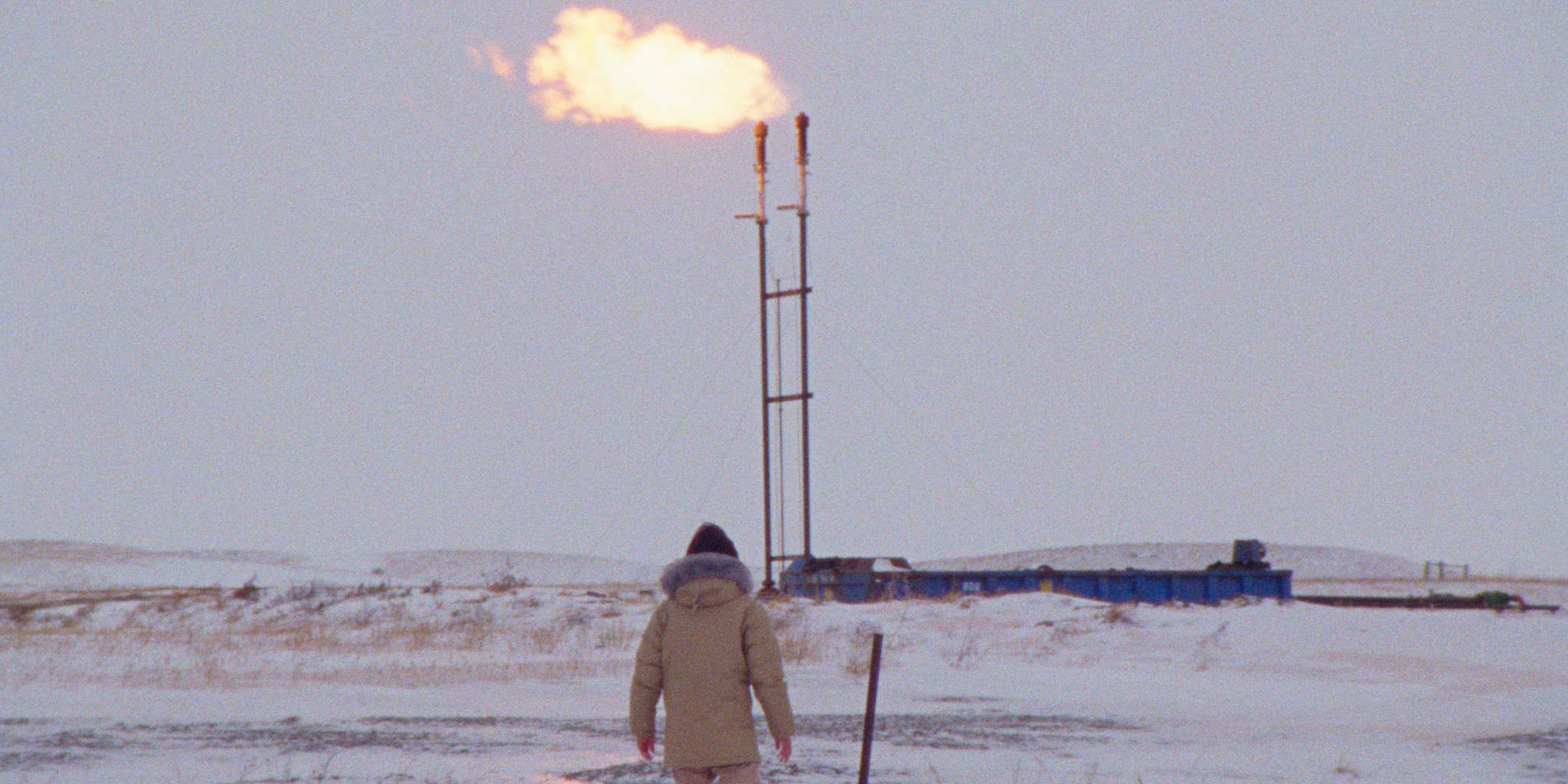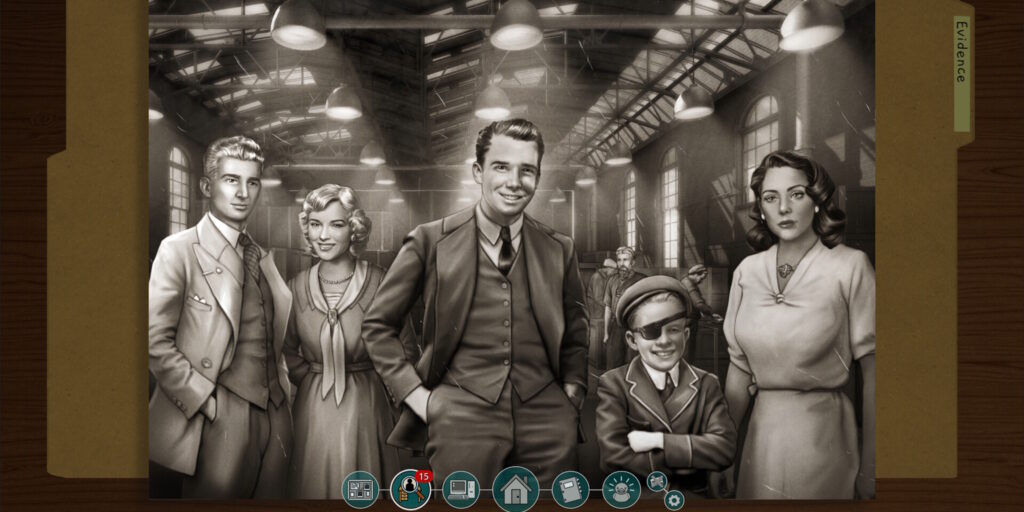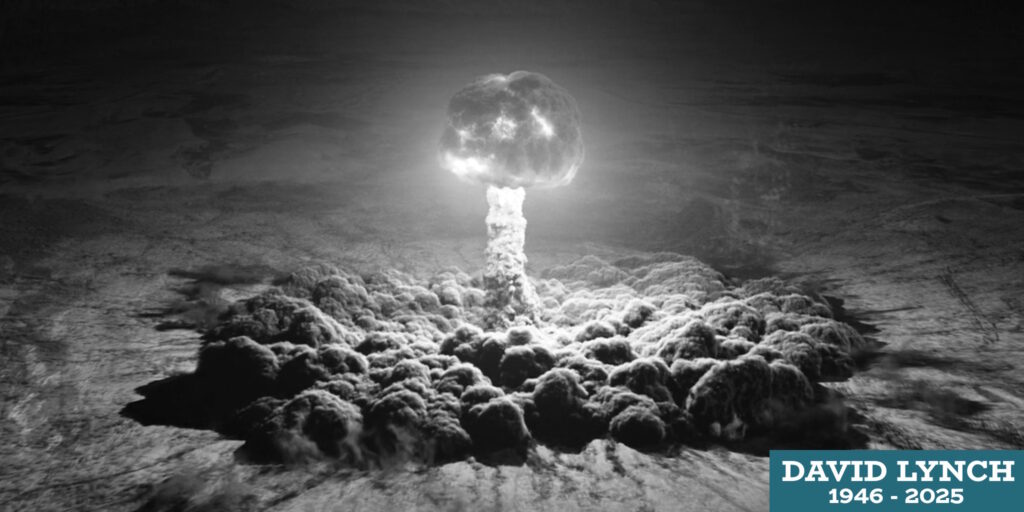The title of director Daniel Goldhaber’s eco-terrorism thriller How to Blow Up a Pipeline is a revealing one. It not only makes a kind of ominous promise to the audience – in the vein of Death of a Salesman (1951), A Man Escaped (1956), or The Virgin Suicides (1999) – but also signals the feature’s preferred methods. Although it makes some perfunctory attempts to explain the “why,” the film is most concerned with the “how.” That is, this is foremost a high-strung procedural about the raw mechanics of sabotaging a petroleum pipeline, structured and presented like a heist film. This is no fizzy caper flick in the Steven Soderbergh mold: It owes more to stylish but gritty noir features such as The Killing (1956) and Le Cercle Rouge (1970). This perhaps gives the film more credit than it deserves, however. How to Blow Up a Pipeline is often a white-knuckle experience in the moment, but it lacks the searing psychological intensity that makes a great crime thriller linger.
The film is framed as an adaptation of Andreas Malm’s 2021 nonfiction book of the same name, a environmental manifesto that advances a pragmatic and philosophical case for sabotage as a legitimate form of climate activism. However, other than nodding towards some of Malm’s arguments in the film’s dialogue, Goldhaber and his co-writers – Jordan Sjol and actress Ariela Barer, who also stars – have created a largely original work of narrative fiction. HTBUAP is assembled from a sturdy framework of heist-flick conventions, providing a familiar substratum to viewers who (presumably) are not neck-deep in the fraught politics of radical environmental activism. Hence the obligatory putting-the-crew-together sequence, the thorough explanation of the plan prior to execution, and the unforeseen snags that inevitably befall the operation.
Rather than focusing on an existing cell of eco-guerillas, HTBUAP depicts an ad hoc team assembled for a one-off act of industrial terrorism, allowing for a more motley (and, frankly, cinematically palatable) assortment of backgrounds, motivations, and viewpoints. Barer portrays Xochitl, who grew up in the toxic shadow of Long Beach, Calif.’s shipping and petrochemical industries. While she is away at college in Chicago, Xochitl’s mother dies during a freak West Coast heat wave, radicalizing the young woman’s opposition to climate change. She and like-minded campus activist Shawn (Marcus Scribner) begin assembling an underground group for an audacious direct-action mission at a Texas oil pipeline. Xochitl recruits childhood friend Theo (Sasha Lane), who attributes her advanced leukemia to Long Beach’s pollution, as well as Theo’s reluctant girlfriend, Alisha (Jayme Lawson). Rounding out the crew: Logan (Lukas Gage) and Rowan (Kristine Froseth) a pair of burnout anti-logging activists from Oregon; Michael (Forrest Goodluck), a nihilistic Native kid from North Dakota who’s been cooking up improvised explosives in his backyard; and Dwayne (Jake Weary), an aggrieved local good ol’ boy whose family’s land was gobbled up by the oil company.
HTBUAP generally takes a naturalistic approach to revealing the group’s plan, allowing its contours to gradually come into focus as the members rendezvous at a remote, abandoned house in Texas and make their preparations. The scheme involves bombing the local pipeline at two discrete locations – one above ground, one below – after shutting off the flow of crude at a nearby control station. In theory, the goal is to destroy the company’s infrastructure and thereby bring petroleum distribution in the region to a standstill, all without creating an ecologically disastrous oil spill in the process. Xochitl seems to be the mastermind, but (almost) everyone brings a vital skill set, and there’s an undeniable exhilaration in seeing the plan come together as the characters gather supplies, prepare explosives, and conduct reconnaissance.
Supported strongly by Daniel Garber’s razor-sharp editing and Gavin Brivik’s propulsive electronic score, Goldhaber creates an intense, nail-biting atmosphere and impressively maintains it for virtually the entirety of the feature’s 103 minutes. Thief (1981) and Heat (1995) feel like clear sources of inspiration here, at least in terms of mood and rhythm: There’s a nervous and yet melancholic energy that feels directly indebted to Michael Mann. Rather than tediously explaining every step of the process to the viewer, Goldhaber prefers to zoom in on the minutiae of the chemistry, engineering, and logistics, trusting that the audience will be able to put all the pieces together when the plot enters its execution phase. The stakes are always distressingly clear, however. Assuming that they can avoid accidentally blowing themselves to smithereens, the conspirators are keenly aware of the potential for capture and felony prison time, and a whiff of paranoia creeps into their increasingly agitated preparations. (Is that a harmless geological survey drone whizzing across the landscape, or perhaps the all-seeing eye of federal law enforcement?)
Goldhaber employs copious flashbacks to explicate the backstory of each character, often cutting away at a moment of heart-stopping dramatic tension in the present-day timeline. This has the unfortunate effect of diminishing the feature’s fantastically anxious momentum. If these flashbacks were more revealing or enriching, they might not feel so disruptive, but they mostly add biographical detail rather than any genuine depth. The film’s screenplay holds its most significant reveals until its latter half, but these aren’t particularly satisfying, narratively speaking, serving mostly to retroactively complicate the plot for questionable ends. There is a double- and then a triple-cross, but it all feels somewhat unnecessary, particularly given that this heist is about political ideology rather than monetary gain. It’s as if the filmmakers didn’t entirely trust that their queasy, ticking-clock procedural approach would be sufficiently compelling, shoehorning in some oh-so-clever twists to shore up the impression of complexity.
While HTBUAP capably employs heist-picture tropes to deliver a crackerjack thriller, the film nonetheless feels somewhat politically and psychologically hollow. Notwithstanding its provocative namesake, this is a work that doesn’t seem interested in engaging with the arguments presented in Malm’s book save in the most glancing way. It takes as a given that the viewer is broadly concerned about climate change and sympathetic to environmental justice, but there’s no philosophical substance to be found in this supposed adaptation, even at a subtextual level. The screenplay places pithy claims about the pros and cons of direct activism in the mouths of its characters, but they sound more like hot Twitter takes than cogent distillations of Malm’s philosophy. Instead of resembling living, breathing people, the characters feel like dotted outlines designed to check off various racial, class, and motivational boxes. Scribner’s character has the most psychologically intriguing backstory – lacking any personal grievances, he appears to have been radicalized by doomscrolling climate-change social media – but is ironically given the least attention. Goodluck and Weary end up delivering the most compelling performances in the ensemble, largely because their roles are the most reserved, and thus the actors are obliged to convey their characters’ devouring anger and resentment through more subtle touches.
The contrast with Kelly Reichardt’s similar but superior Night Moves (2013) is instructive here: That film begins as a slow-motion thriller about the bombing of a hydroelectric dam but mutates into a Dostoyevsky-indebted plunge into guilt, horror, and paranoia. This is not to say that thrillers that overtly focus on the tangible details of process can’t achieve greatness: Look no further than Jules Dassin’s genre-defining Rififi (1955) or Jacques Becker’s excellent prison-escape feature Le Trou (1960). However, HTBUAP is plainly a work that originates from a place of righteous outrage about the threats of climate change and corporate power. It quite obviously wants to be a weighty, relevant picture about These Times That We Live In, and not just a piece of pulse-quickening entertainment. Which is frustrating, given that the film ultimately fails to say anything truly radical, challenging, or interesting. Viewers won’t learn much from Goldfaber’s film about the science of climate change, intersectional environmentalism, or the philosophical arguments for and against self-defensive violence. There’s nothing wrong with that – most narrative fiction doesn’t work that well as a manifesto – but How to Blow Up a Pipeline is distractingly defensive and self-conscious regarding its identity as a “mere” genre picture about criminals doing crimes.
How to Blow Up a Pipeline opens in select theaters on Friday, April 7.




